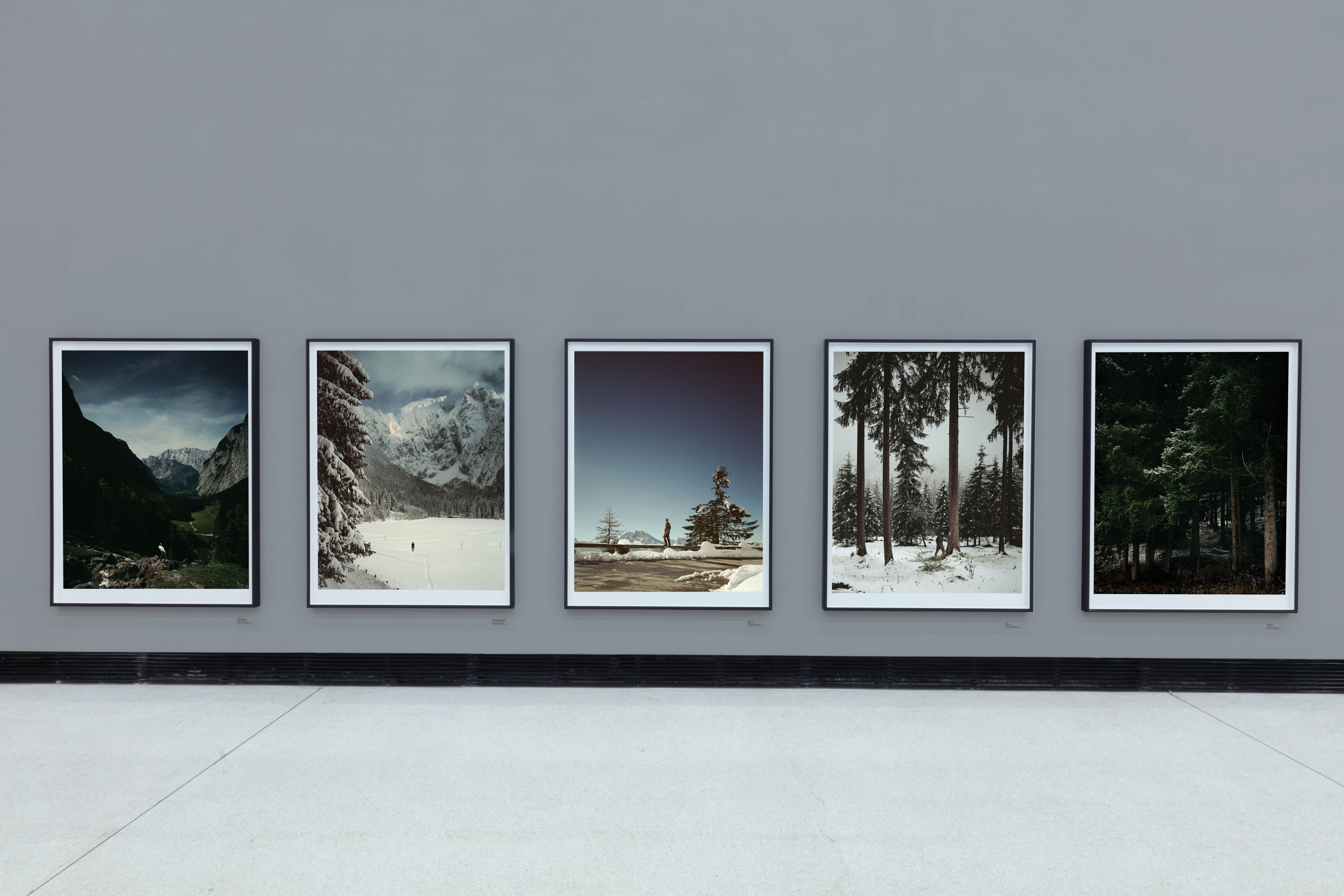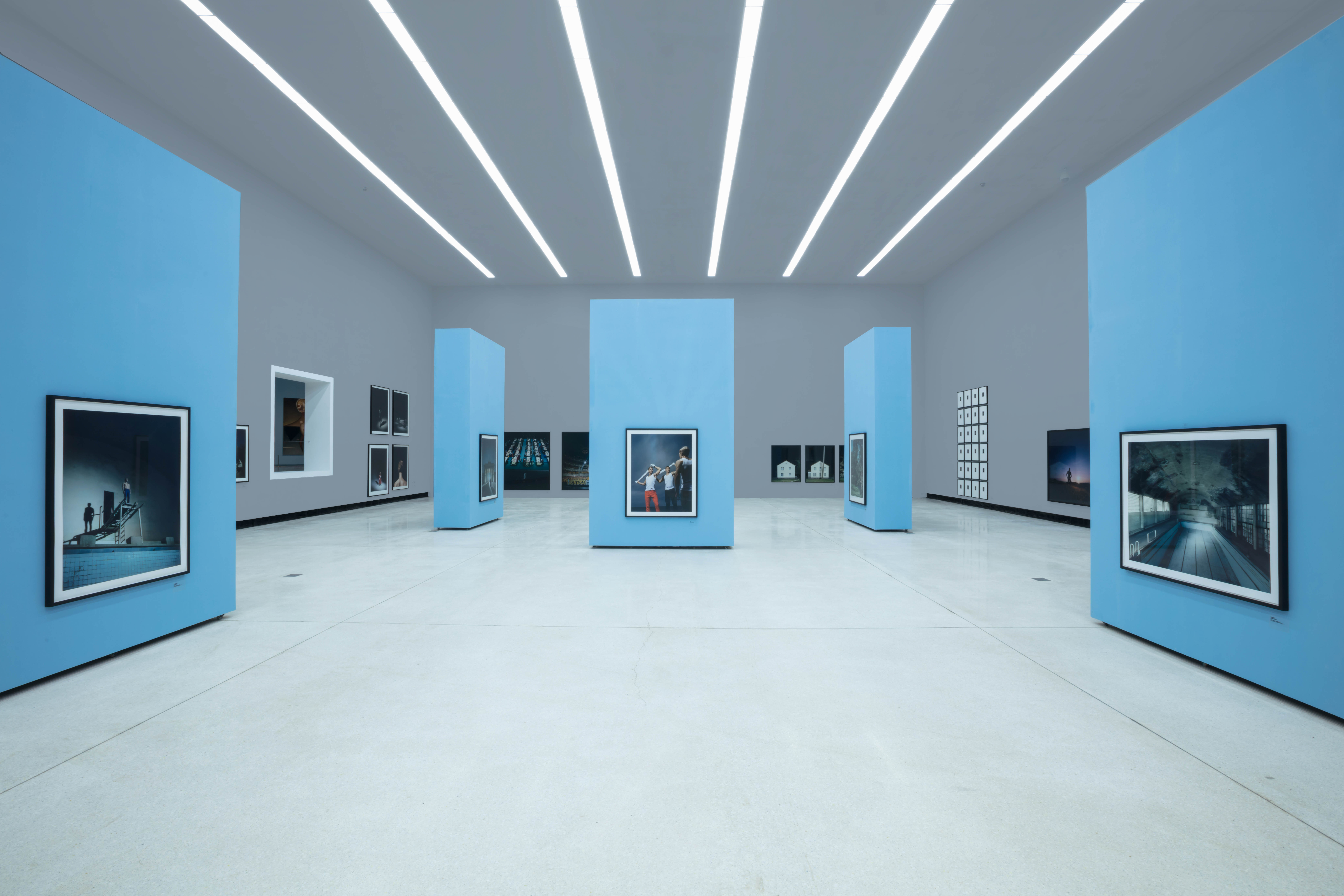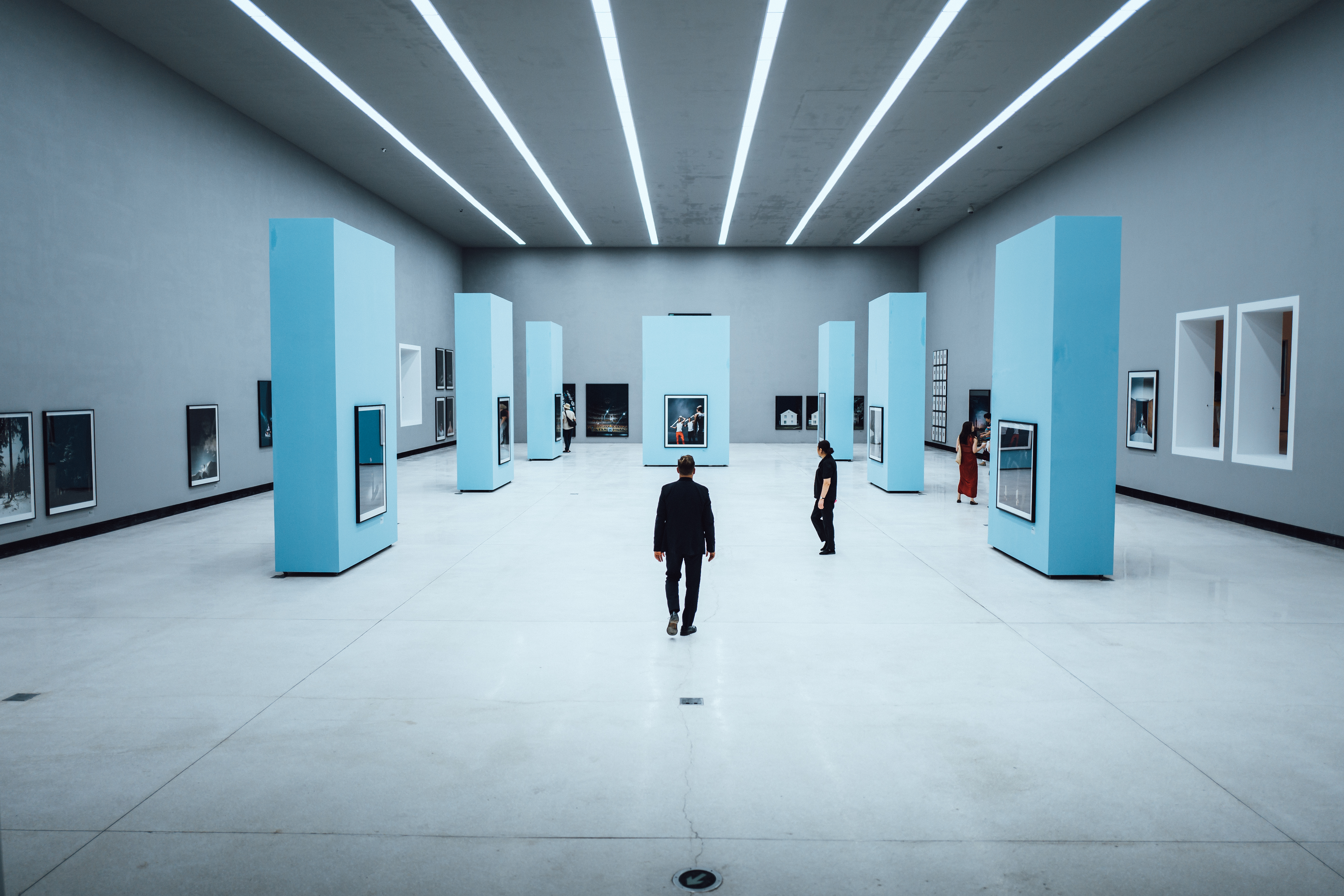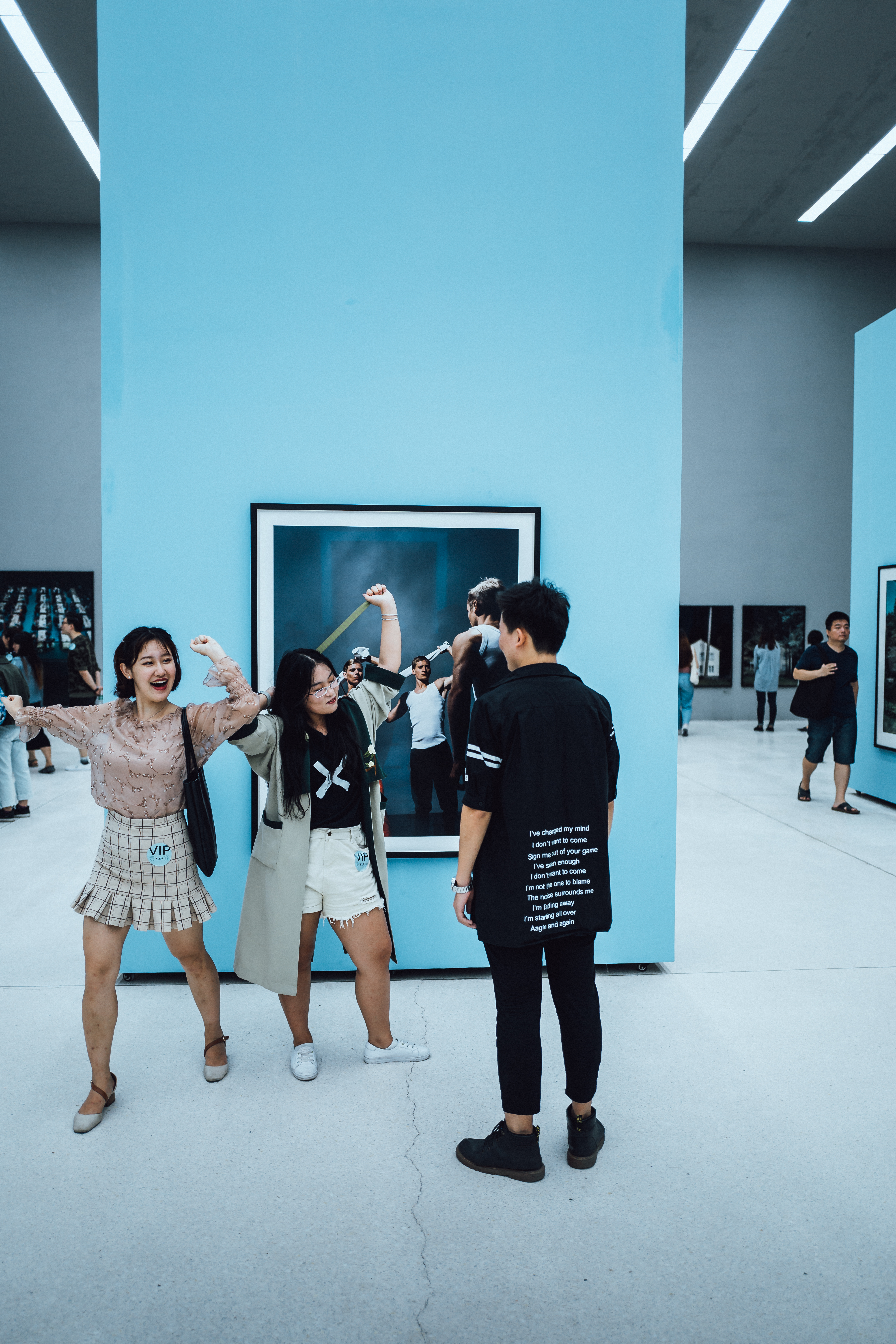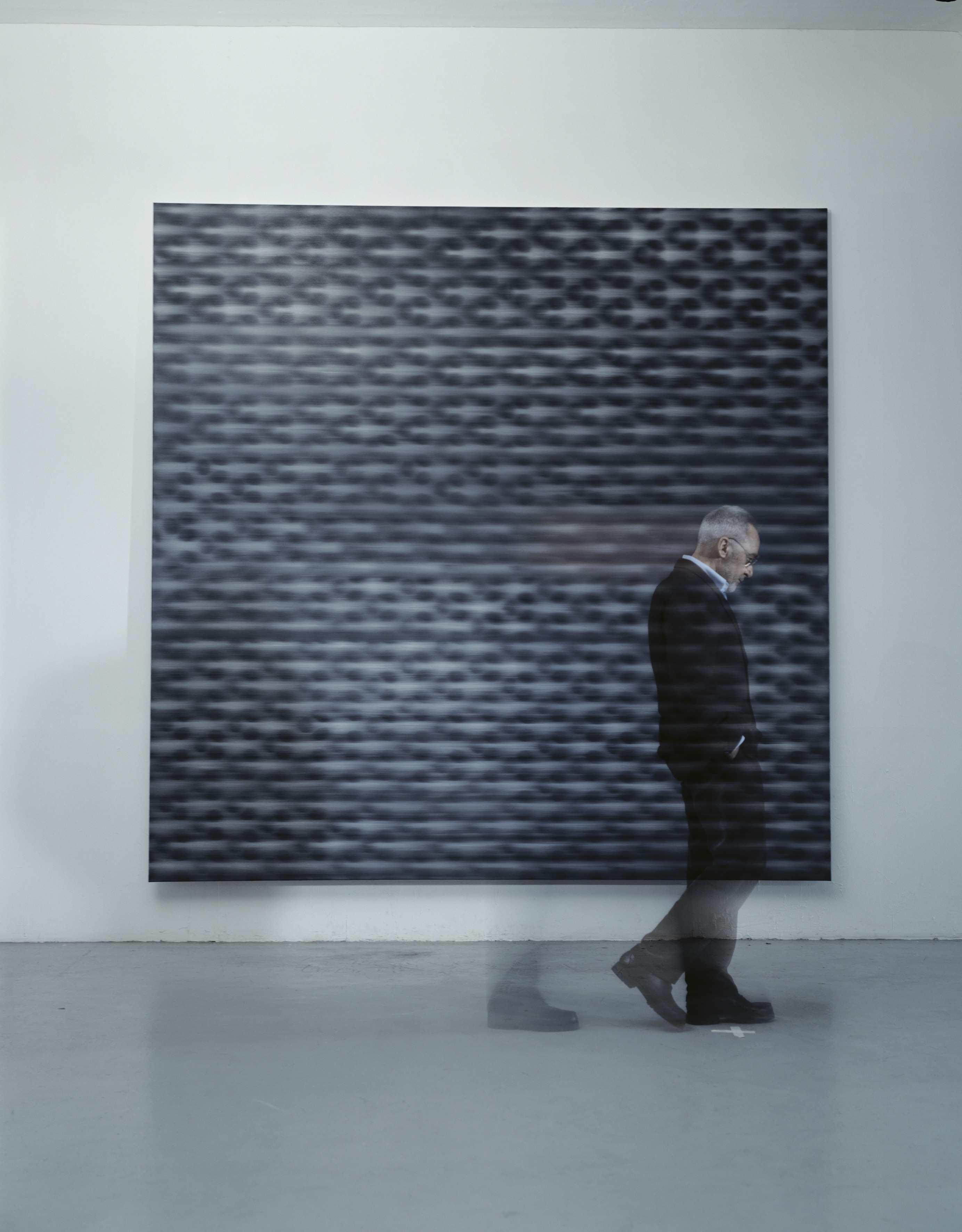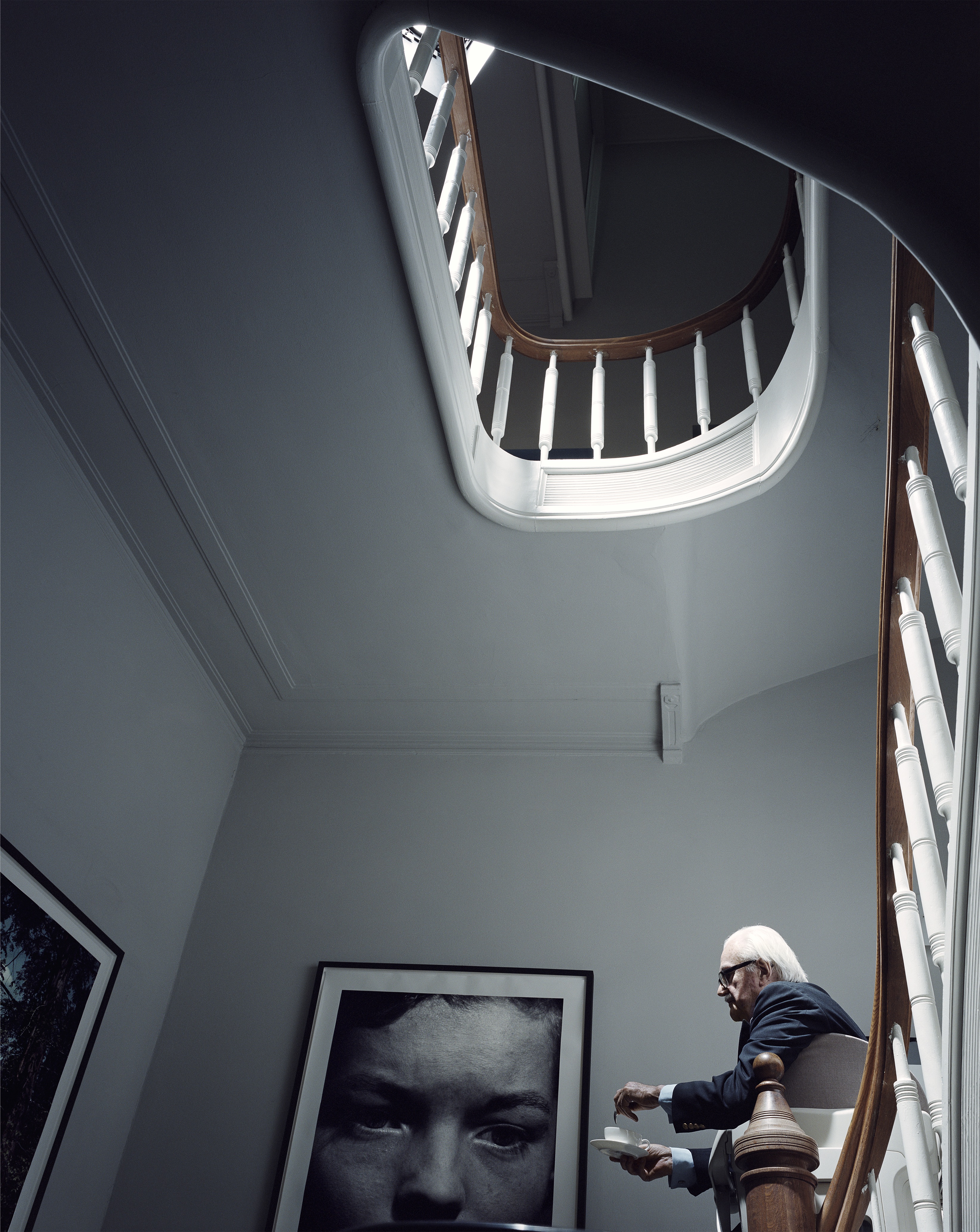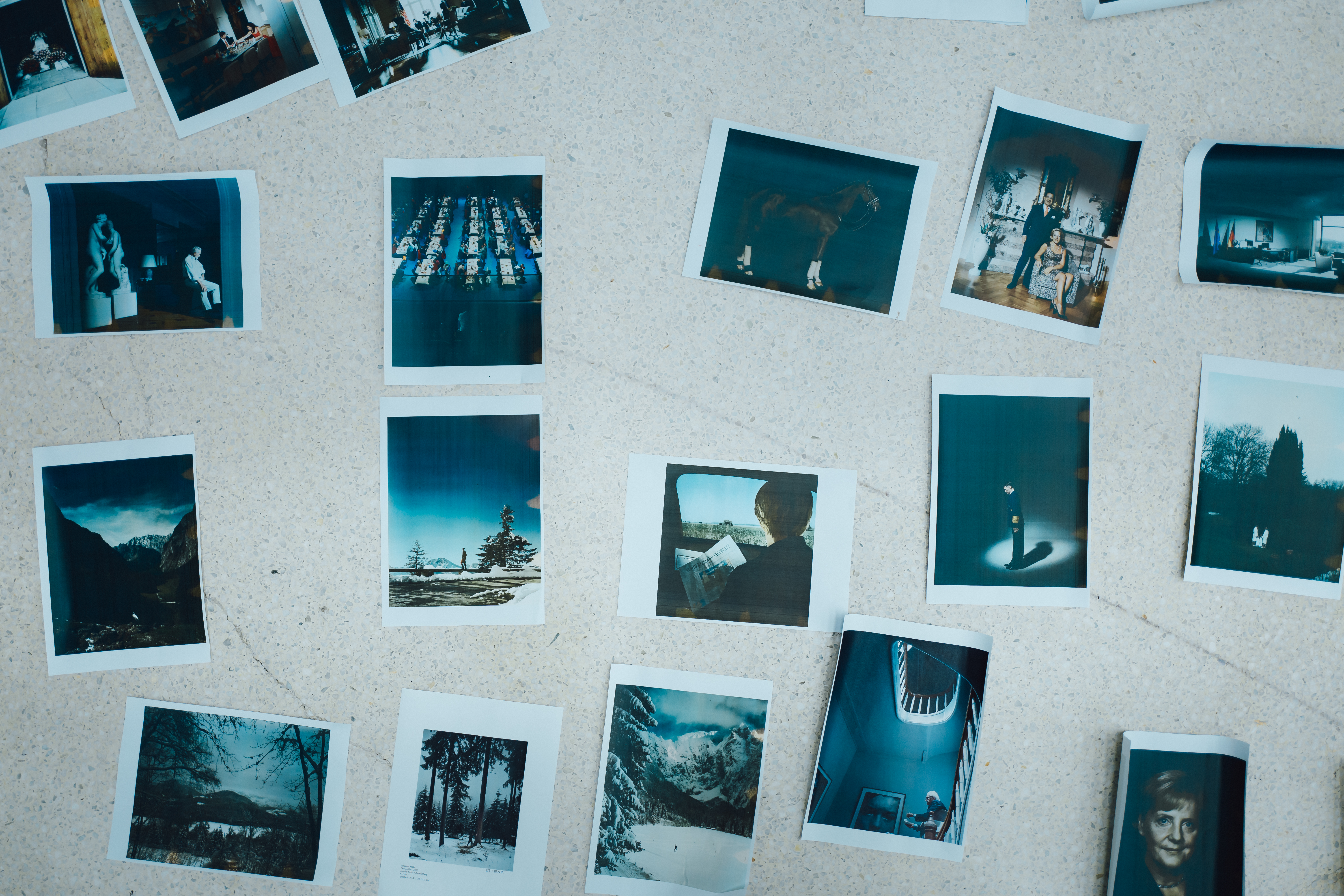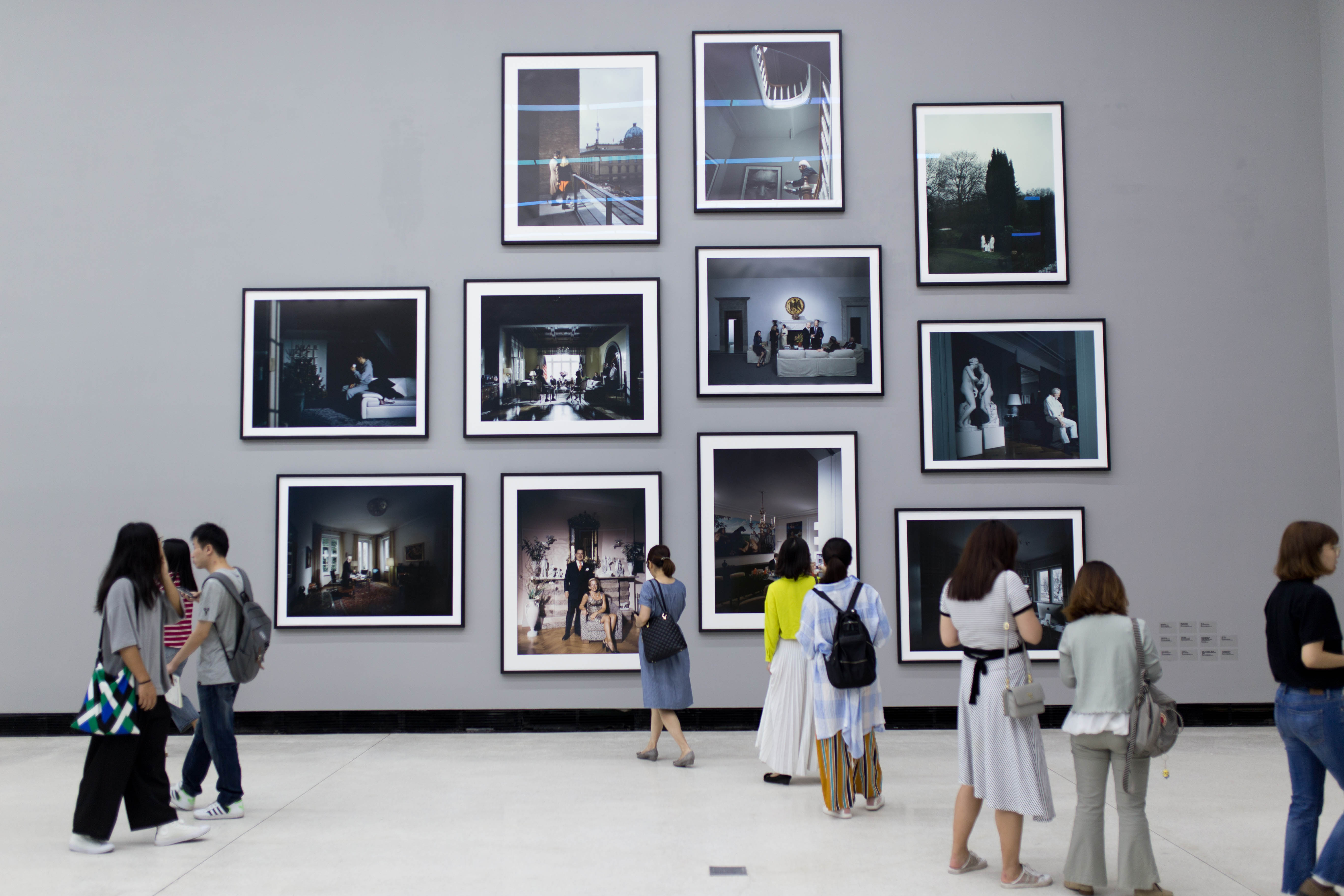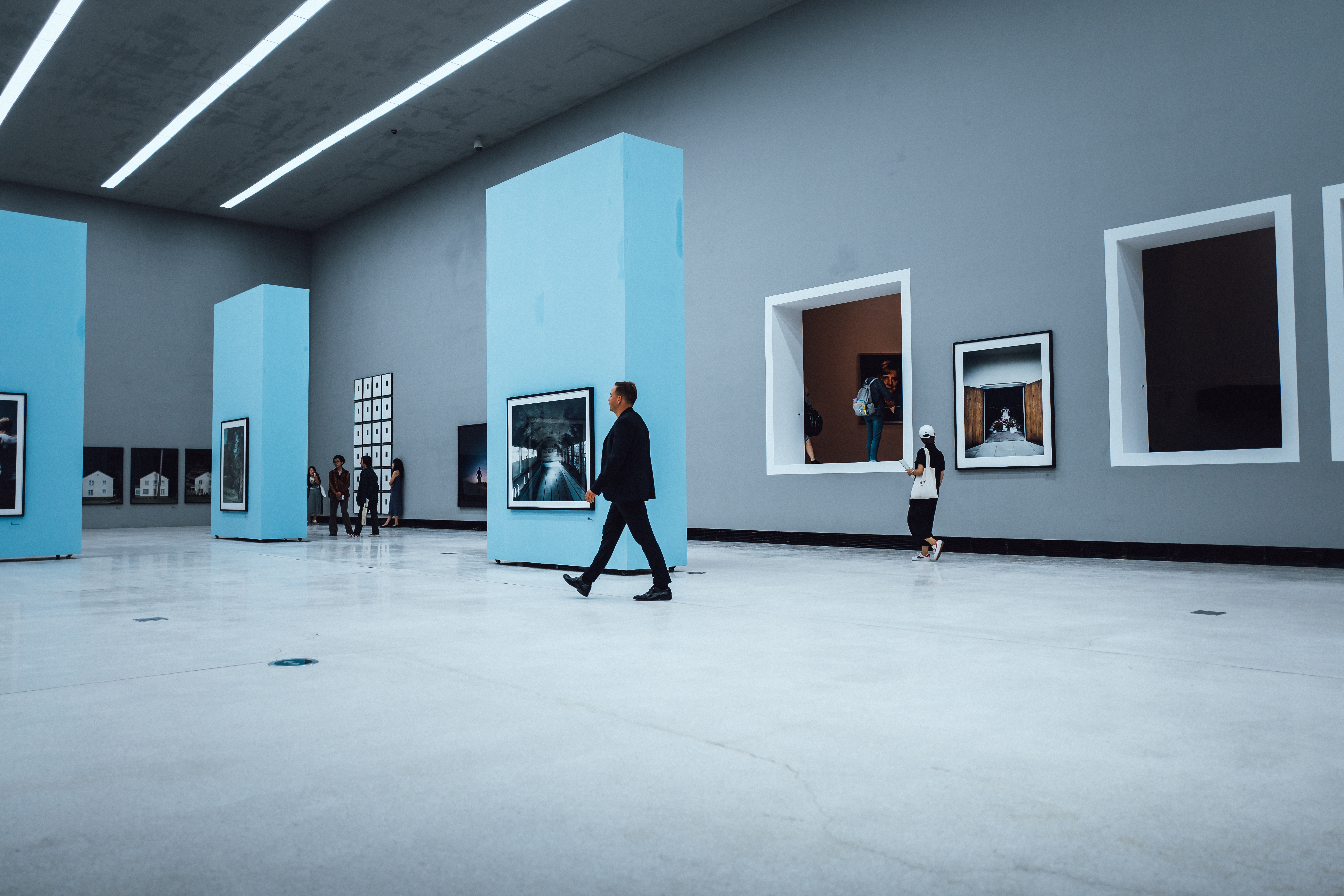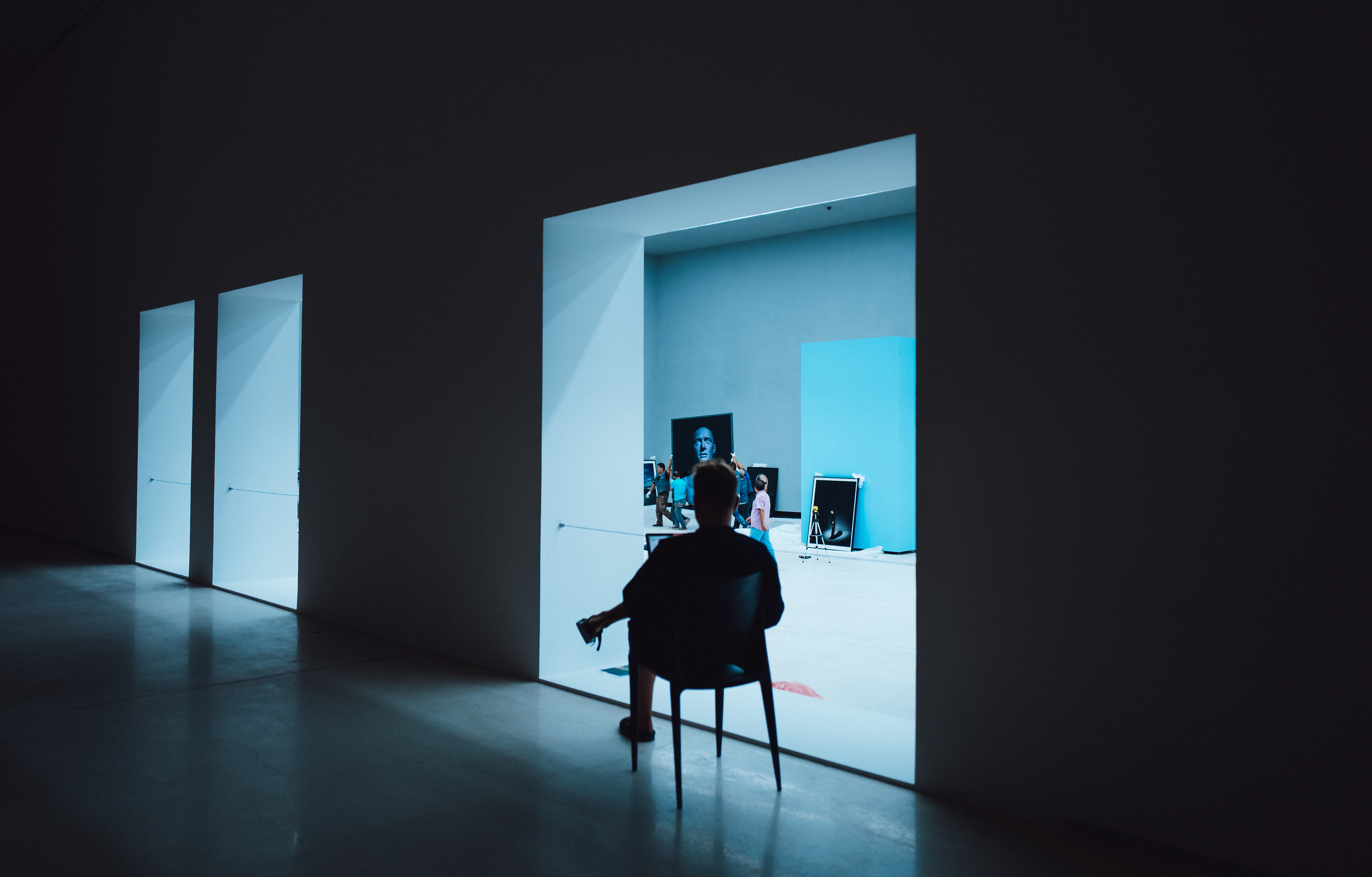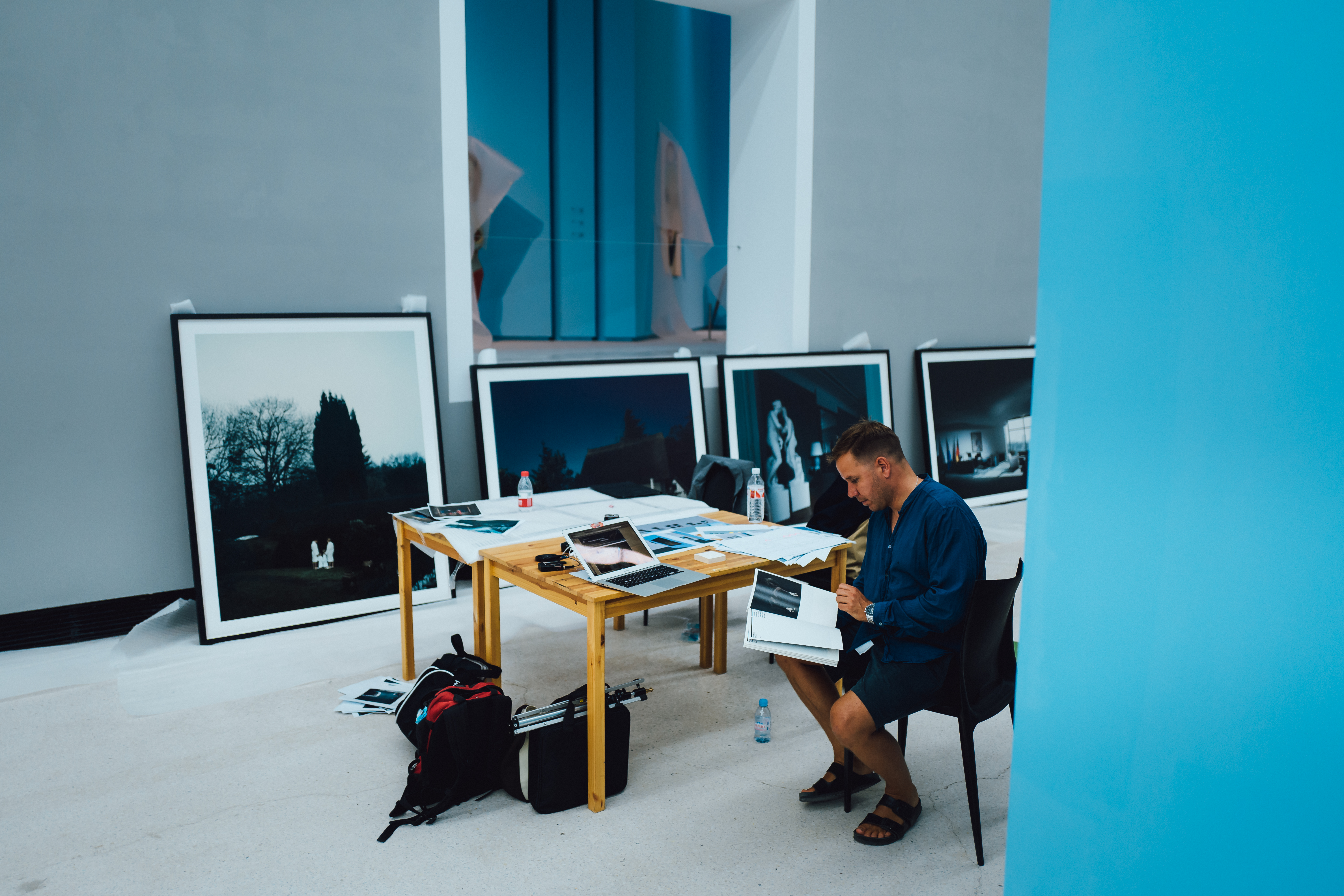Andreas Mühe: Photography
12.09.—21.10.2018
Red Brick Art Museum presents the German photographer Andreas Mühe’s first solo exhibition in China. The exhibition, entitled “Andreas Mühe: Photography“, is presenting over 60 of the artist’s classic photos spanning over the past 15 years, plus his new works from 2018.
The exhibition focuses on the narratives of Mühe’s native Germany. From cultural identity and political history to the current social reality, the artist carefully looks into his country’s past and present, covering the unique history of the 20th century. Probing the influence of the division of western and eastern Germany and the process and status quo of reunification, Mühe explores and questions class, authority and tradition.
As a contemporary German photographer, Mühe is difficult to categorize. His works present dramatic aesthetic characteristics through the use of large-format analogue cameras. He excels in “making sculptures with light” and using techniques that create a seemingly familiar and contradictory visual world on the brink of rupture and deconstruction. With implications both simple and subtle, he probes into the visible yet unobservable reality.
His portraits include Helmut Kohl, the former chancellor of Germany, standing in front of the Brandenburg Gate at sunset; Angela Merkel, incumbent chancellor of Germany, gazing at a landscape; Friede Springer, famous German publisher, observing the night sky; and Gerhard Richter, a well-known German artist, stroll beside some paintings. There are others who similarly subvert the symbolic traditional image of public figures. The seemingly romantic scenes might make people recall Caspar David Friedrich, but they are freed from the use of romantic elements of expression. This also applies to the depiction of Christmas trees, refugees and Dresden’s triumphant Semperoper football “hooligans.” All present multiple attempts at unscrambling and multiple uncertainties in an open, disturbed and improvisational setting.
Mühe was just ten years old when the Berlin Wall fell in 1989. Since that time, the history of Germany came into his life. Mühe began to study Germany’s Nazi period in 2004. He took shots of fashion pictures in the Prora resort village in Rügen known for its planned Nazi tourism facilities. A few years later, he photographed the swimming pool of the Olympic village in 1936. Both sites are military zones of former East Germany. When taking photos for the Obersalzberg series, the artist visited the “Kehlsteinhaus” at Hitler’s private villa of Berchtesgarden several times over four years. He also studied thousands of pictures in Salzburg taken by Walter Frentz, Hitler’s private photographer, capturing Nazi officers in postures of authority and servility, the “Nazification” of landscape and means of focus as he took photos of Nazi officers donned in military clothes or undressed officers in scenes or under the spotlight, with traditionally braided women and articles. These photos are to be featured in this exhibition.
Yan Shijie, exhibition curator, finds that “Mühe’s photographs precisely represent Germanity. He extends and constructs spacious historic dimensions in Germany through his photos.” His childhood memories from East Germany (as he was born in Karl Marx City, now known as Chemnitz) would, to a certain degree, cast his sensitivity on politics and history. “His photos bring about Germany’s complication with frenzy and rationality intertwined through re-demonstration of nature, building, figure and setting and theatrical performance. He attempts to enquire and delineate the memory of a country in time; on the other hand, he is portraying spacious and solemn natural scenes in a romantic and poetic way so as to portray Germany going through the modern process from the history microscope and by observing the volatile social reality.”
